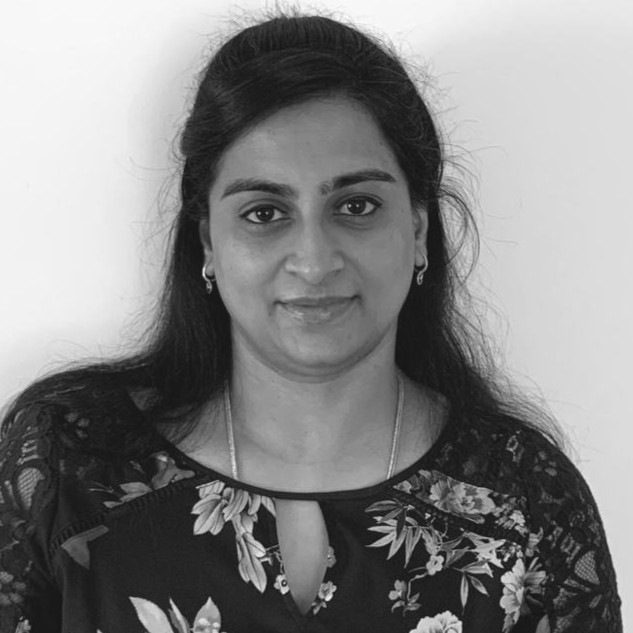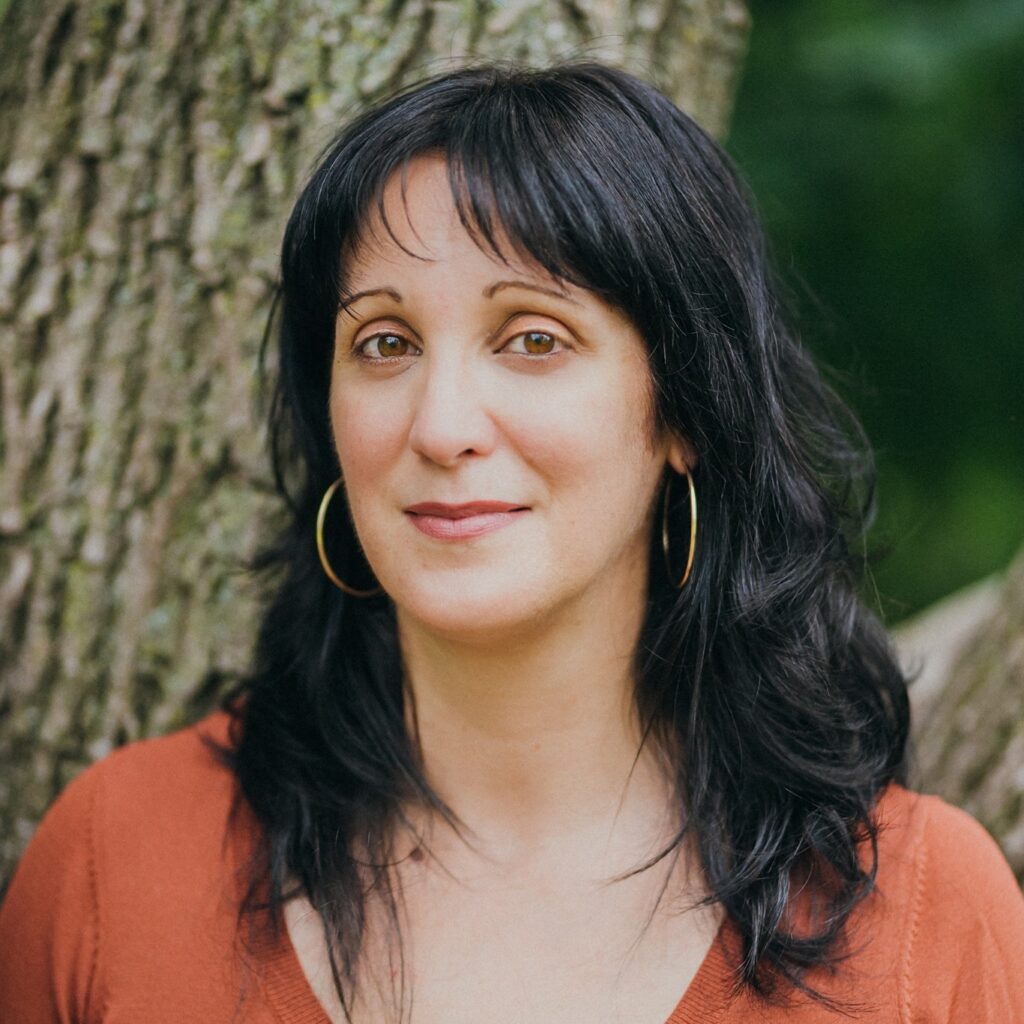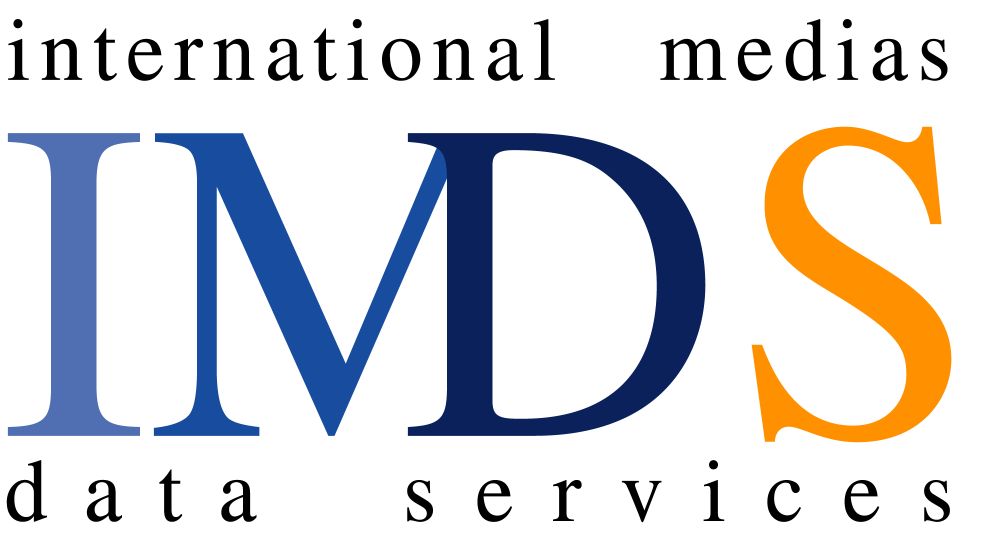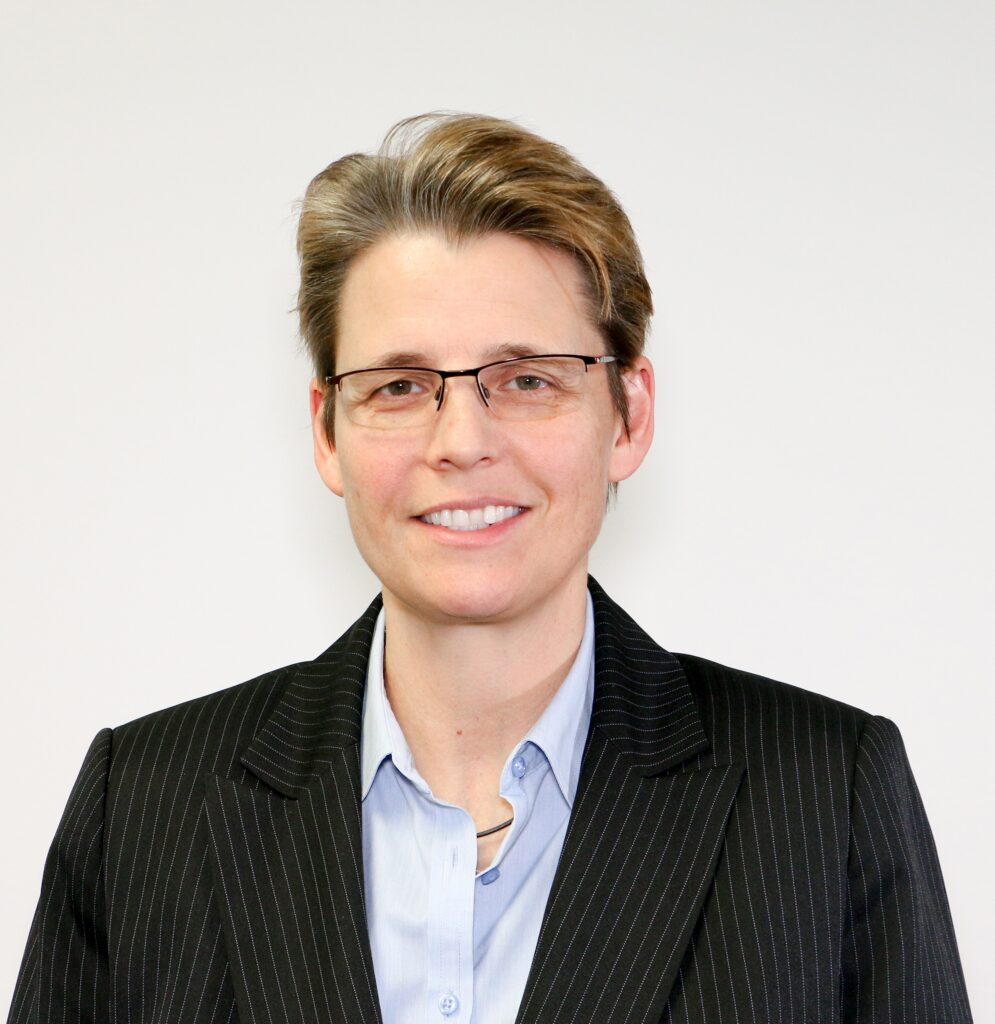DIACC is hosting a series of spotlights showcasing our amazing female DIACC members in the digital identity space, noting the importance of diversity. These spotlights will be regularly socialized through DIACC’s LinkedIn and Twitter channels as well as our monthly member newsletters.
If you’re a DIACC member and would like us to feature your spotlight, contact us today to learn more!
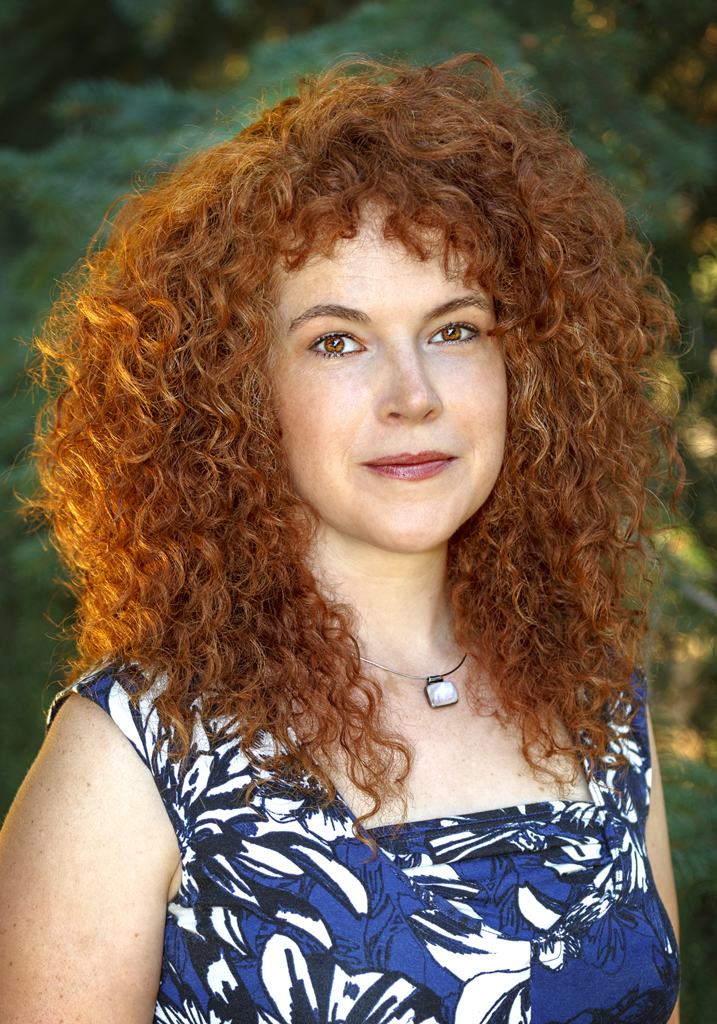
What has your career journey looked like?
My journey has been far from a straight line. I have a BA in political science from the University of Alberta and a masters in African Studies from the University of Oxford. Since finishing my education, I’ve worked in multiple sectors and countries. I started in student journalism, shifted to the non-profit start-up space working on community development with a social justice lens and dabbled in academia for a bit. Eventually, I settled into public relations in Nigeria for 4+ years. Upon moving back to Canada, I spent time in customer experience strategy for a power utility before joining the Saskatchewan government, first as the director for digital citizen services and now for digital ID.
When you were 20 years old, what was your dream job and why?
I’ve never quite had a dream job but I always knew I wanted to make a positive impact in people’s lives and somehow do my part in making the world a better place. That’s why I am so drawn to the public sector.
As a female leader, what has been the most significant barrier in your career?
I’m extremely fortunate to say that I’ve had very few challenges on account of my gender identity. That said, I’ve grown up in professional environments where the gender balance is more prevalent. I have heard enough horrendous stories from other female leaders to know that my experience is not the norm. My barriers have more come from age, especially in my earlier years of leadership. As a young leader people consistently assumed I knew less and could do less. We often undervalue our youth as a society and this is something I consistently remind myself of as I work with the next generation of youth.
How do you balance work and life responsibilities?
Work life balance is sacred to me, as is my respect for deadlines, and those two things can often come into conflict. My general rules for myself and my teams:
- Work to outcomes. Be clear on your deliverables and get the job done. But in doing so, set boundaries and prioritize.
- Ask for help in doing this if you need it. We only have 8 hours in a day and weekends and evenings should be exceptions, not the expectation.
- Take your holidays! Payouts and carrying over should be exceptions not the norm.
How can more women be encouraged to pursue careers in the digital ID/tech space?
Tech doesn’t have to be intimidating (look at my background!) and tech also doesn’t have to mean being a developer. But I do believe that, love it or hate it, tech will continue to grow ever more central to our society. Dig into your passion and spend the time to understand how technology is impacting, shaping and changing that space. If the actual technical details aren’t for you, look to the concepts, outcomes, and impacts that technology has to offer and dig in there.
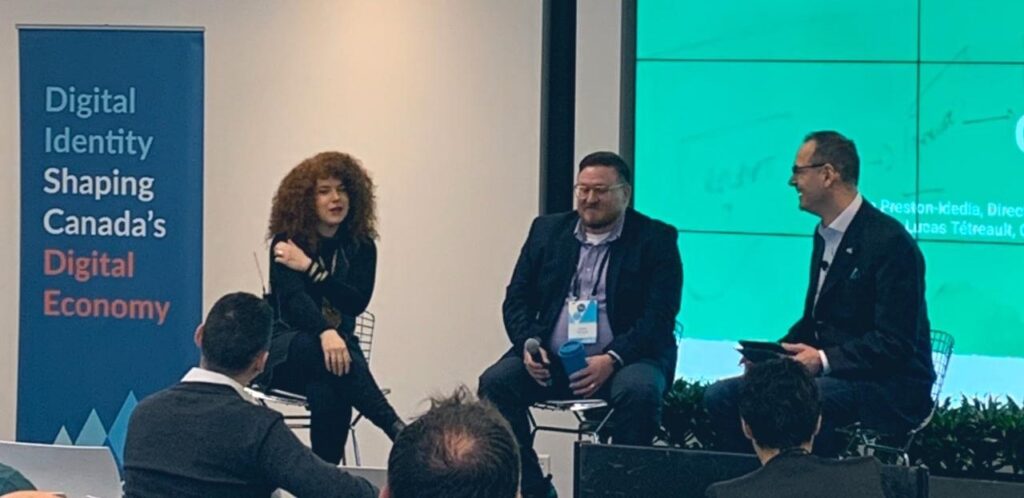
What are some strategies you have learned to help women achieve a more prominent role in their organizations?
Lift people up. Lift people up. Lift people up.
This goes for all voices that need more prominence in our organizations, not just women. Take the time on projects, in meetings etc., to give space to those who may not naturally take it themselves. This can come in many forms:
- End meetings with a round table.
- Work with a teammate or colleague to help them find professional outlets to develop their passion.
- Be a mentor and a coach.
- Offer public praise and private – and always constructive feedback.
- If you have a hand in assigning resources, prioritize diversity. Diverse perspectives always benefit an organization and provides opportunities to lift people up.
What will be the biggest challenge for the generation of women behind you?
Women are a very diverse group and our challenges are not homogenous. For those like me, who have faced very little discrimination on account of their gender identity, the challenge will continue to be to recognize and use that privilege to widen the conversation and create space, not just for other women but for all those along the gender spectrum. We cannot become complacent that equality for some women is equal to equality for all.
What advice would you give to young women entering the field?
Find your passion. Hone your strengths. Dig into the details, stay outcomes focused and curious, and always, always stay open to feedback.
Cosanna Preston-Idedia is the Director of Digital Identity at the Government of Saskatchewan
Follow Cosanna on Twitter at @cosanna and LinkedIn
